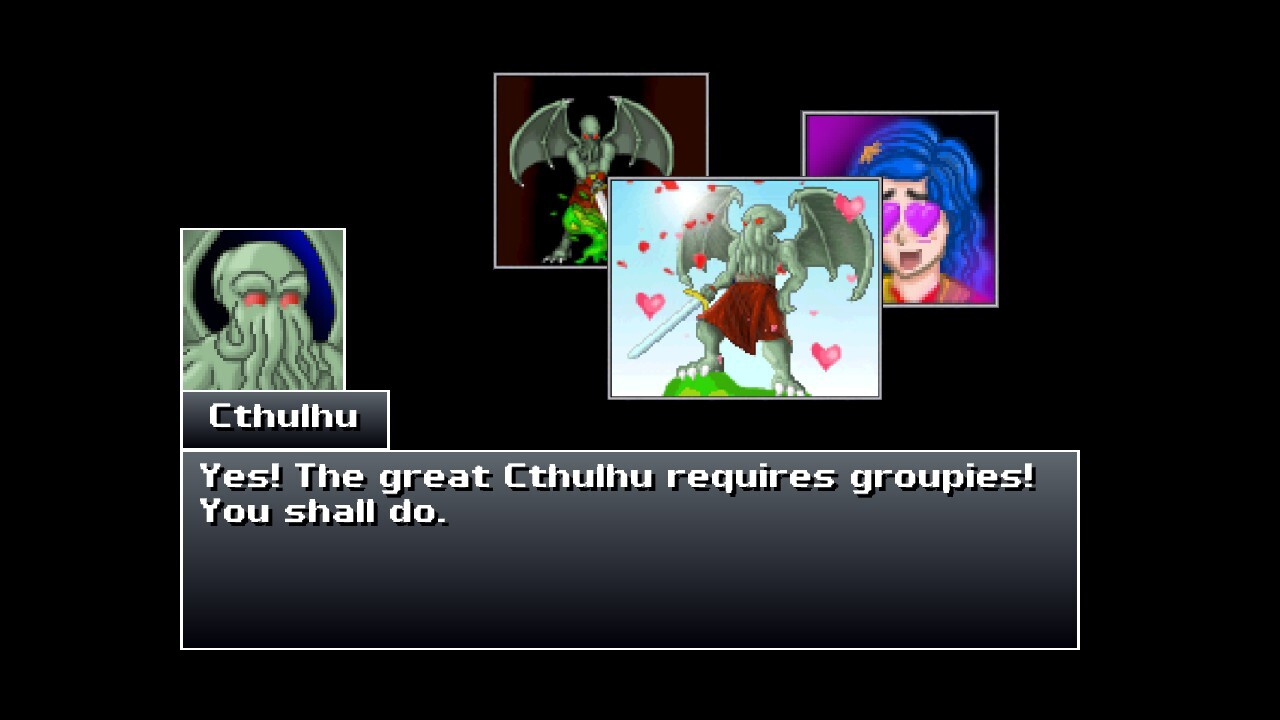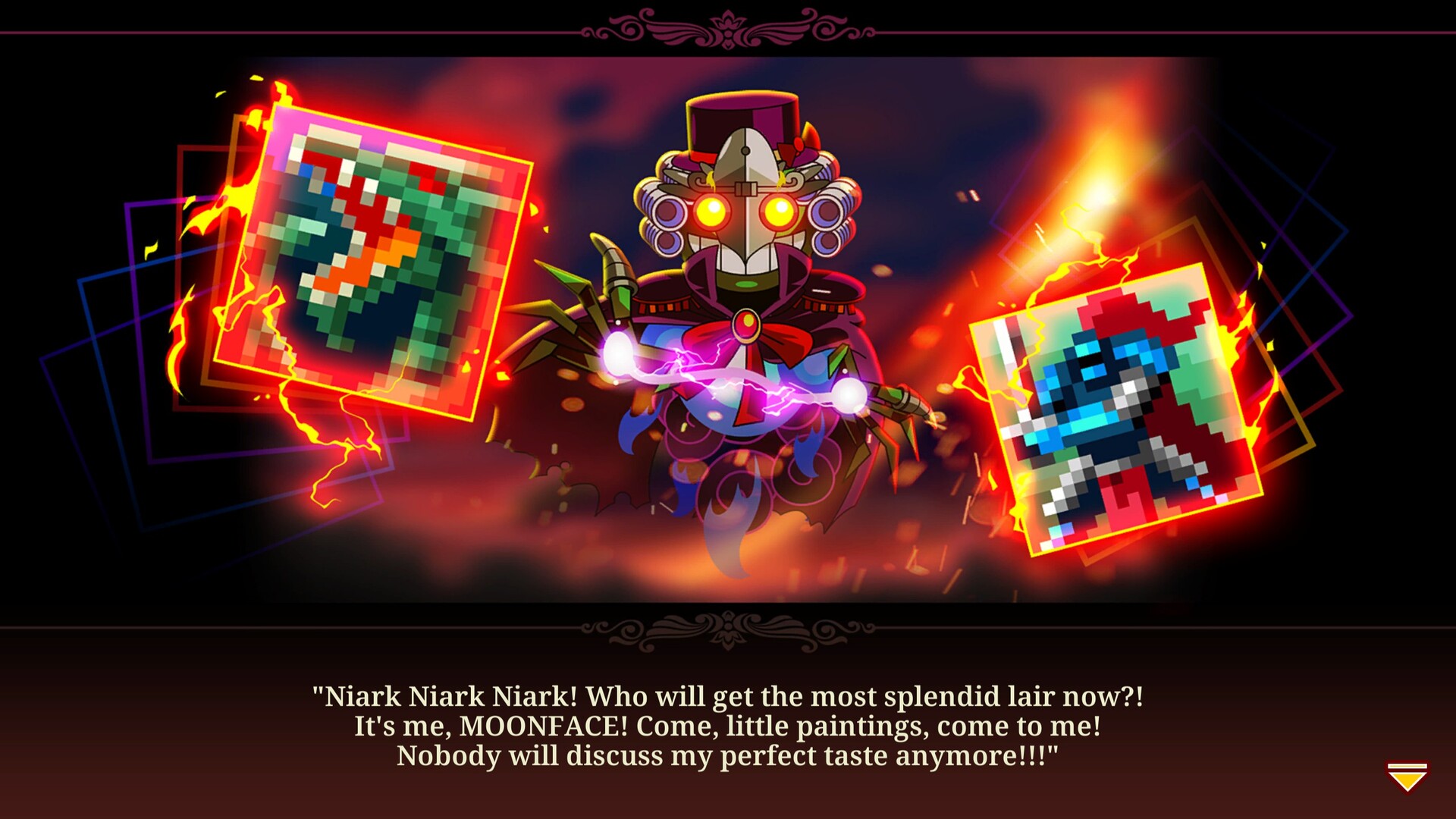What is a man? A miserable little pile of ... oh, god, your face, oh fuck you're ugly!
It's got top-tier writing and voice acting in an immersive sandbox, filled with intriguing characters and world-building sidequests, which are all unfortunately marred by game-breaking physics, scripting, and even design bugs. Yes, of course I'm talking about 2004's Vampire: The Masquerade - Bloodlines.
Note that I played with the VTMB Unofficial Patch which, as far as I know, is responsible for the game being at all playable on modern PCs.
In some ways, Bloodlines holds up way better than a 15-year-old game should. From the start its written dialog and voice direction show impressive amounts of personality and polish -- acclimating to the game's mythos-babble about vampire clans and factions is a delight, thanks to Jack's anarcho-hedonistic punk attitude. Almost all of Bloodlines's characters feel distinctive and engaging, in stark contrast to, say, generic nords or generic Bostonians.
As a product of its time (two years pre-Oblivion), it's not hugely surprising that this game's Los Angeles isn't quite the scale of a modern-day open world. The overworld isn't even fully connected; you can only roam freely within a handful of small, city-block-sized sections, and move between those sections using a fast-travel map.
There's no real-time GPS mini-map to show nearby points of interest, either: you need to periodically check in-game map postings with "You Are Here" markers to get your bearings. (Luckily, each area is small enough that it doesn't take long to learn where landmarks are.) These areas also make heavy use of loading screens between exterior, interior, and tangential segments -- it's a good thing that modern hardware trivializes loading times, because there are a lot of them.
But those small, loading-screen-filled maps are nevertheless dense with interactivity, and they feel alive and full of intriguing mysteries to uncover. ... Well, except for several cases when a room is conspicuously empty, obviously waiting for mission progress to trigger a scripted event. But generally the amount and spread of side-quest content succeeds in making this world feel truly engaging.
The sandbox-style gameplay helps, too. Although character-creator choices may restrict some options - my Nosferatu build, for example, could never charm an NPC due to outright ugliness - Bloodlines channels that Deus Ex sensation of letting you decide whether to talk, sneak, or kill your way through many encounters.
This freedom is most evident in the game's character sheet, which despite a fair amount of complexity, does an excellent job of explaining exactly how level-up choices will affect your gameplay options. Want to pick high-difficulty locks? Invest in Dexterity and Security. Want to beat the shit out of somebody? Look at Strength and Melee.
That said, not all of those gameplay options are balanced equally. Guns are hard to use effectively - I should say, they're hilariously inaccurate - until you've fully pumped up the Firearms skill. Melee combat is frustrating against certain enemies who jump around like maniacs. Stealth is hard to pull off in scenarios where you need to interact with anything, like a computer, or a door.
Stealth can also be made difficult due to janky physics, like, getting stuck on level geometry or nudging an object by accident can lead to being detected. That jank can affect combat, too, though usually for the better -- when an enemy is suddenly immobilized.
And then there are the moments where a quest NPC, or key object, gets stuck in an inconvenient spot. In one instance I had to bust out the command console and forcibly delete a character because he just wouldn't move out of the way.
UI problems seem trivial in comparison, ... but they are still hard to ignore. Particularly when inconsistent interface rules mean that 'Esc' sometimes opens the pause menu, sometimes un-focuses from an interactive object, and sometimes does both.
And yet even with its jankiness, its archaicness, and an unbalanced and anticlimactic ending that eschews self-directed content for shoving you down a linear series of ridiculously unbalanced combat encounters -- in spite of all that, Bloodlines is still fun for most of its running length, and impactful due to the quality of its storytelling.
I have no idea what to expect from the still-being-delayed Bloodlines 2, but I'm glad I got caught up with this franchise.
Better than: Fallout 4
Not as good as: Deus Ex: Mankind Divided, The Elder Scrolls V: Skyrim - Special Edition
Arguably as good as: Deus Ex: Human Revolution

